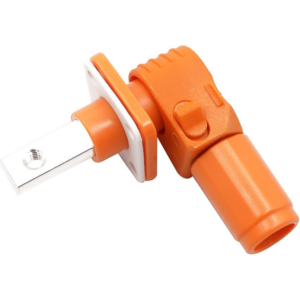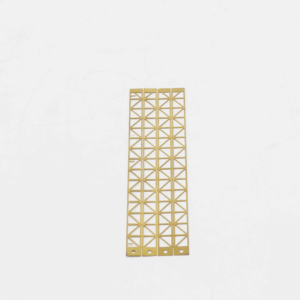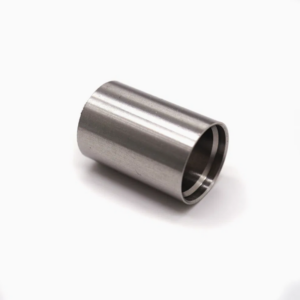Stamped metal brackets play a crucial role in various industries, thanks to their strength, versatility, and cost-effectiveness. The manufacturing of these brackets utilizes a process known as metal stamping, which employs a stamping press to shape sheet metal into desired forms. By leveraging a die—a specialized tool that imparts the desired shape—this process efficiently transforms raw material into high-quality components
The Manufacturing Process of Stamped Metal Brackets
The production of stamped metal brackets involves several essential steps that ensure the final product meets stringent specifications for performance and durability.
Material Preparation
The first step in the manufacturing process is material preparation. Sheet metal is cut to the required dimensions and thickness through methods such as shearing, blanking, or laser cutting. The choice of metal is critical and typically depends on the intended application. For example, steel is favored for applications demanding high strength, while aluminum is often chosen for its lightweight properties. This initial stage sets the foundation for quality in the final product, as the material’s characteristics significantly influence the performance of the stamped bracket.
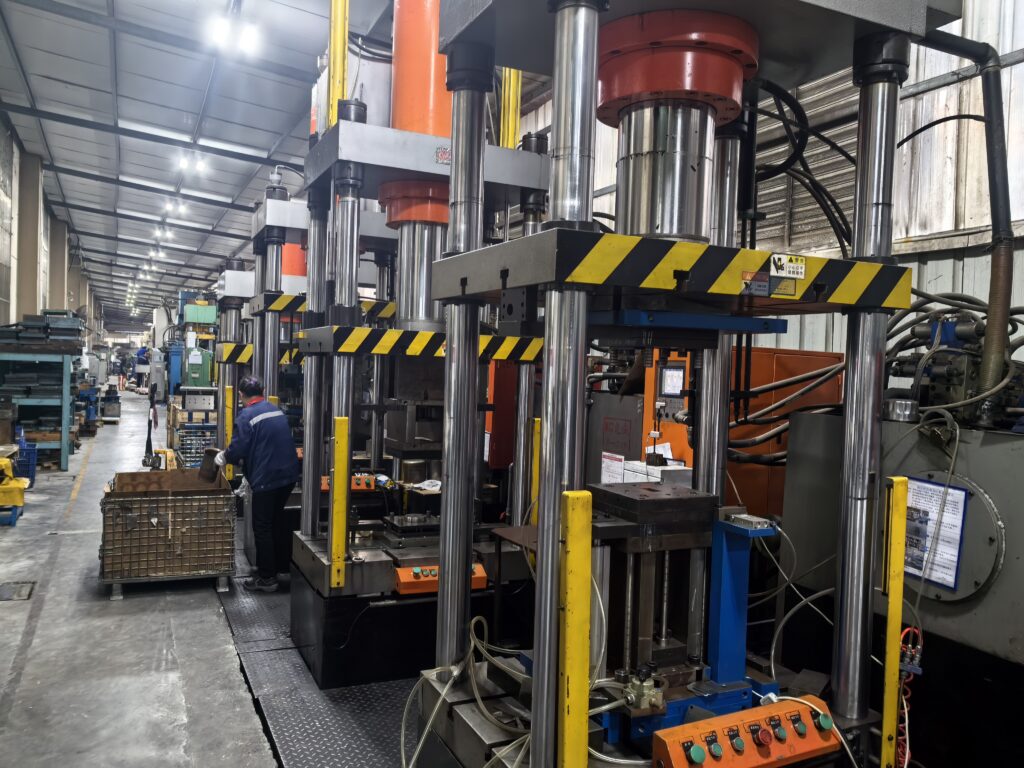
Die Design and Manufacturing
Following material preparation, the next phase is die design and manufacturing. The die serves as the mold that shapes the metal bracket and is usually constructed from hardened steel to withstand the pressures of the stamping process. The design of the die is pivotal; it must align precisely with the desired specifications for dimensions, tolerances, and surface finish. A well-designed die not only improves the quality of the stamped bracket but also optimizes the efficiency of the production process.
Stamping Process
With the die ready, the stamping process begins. The prepared sheet metal is placed into the die and subjected to high pressure, which forces the metal to conform to the die’s shape. The type of stamping press employed depends on the complexity and size of the bracket being manufactured. For smaller, simpler brackets, a single-station press may suffice, while larger, more intricate components might require a multi-station press to achieve the desired results. This stage is crucial for ensuring that each bracket is produced with precision, thereby minimizing variability in mass production.
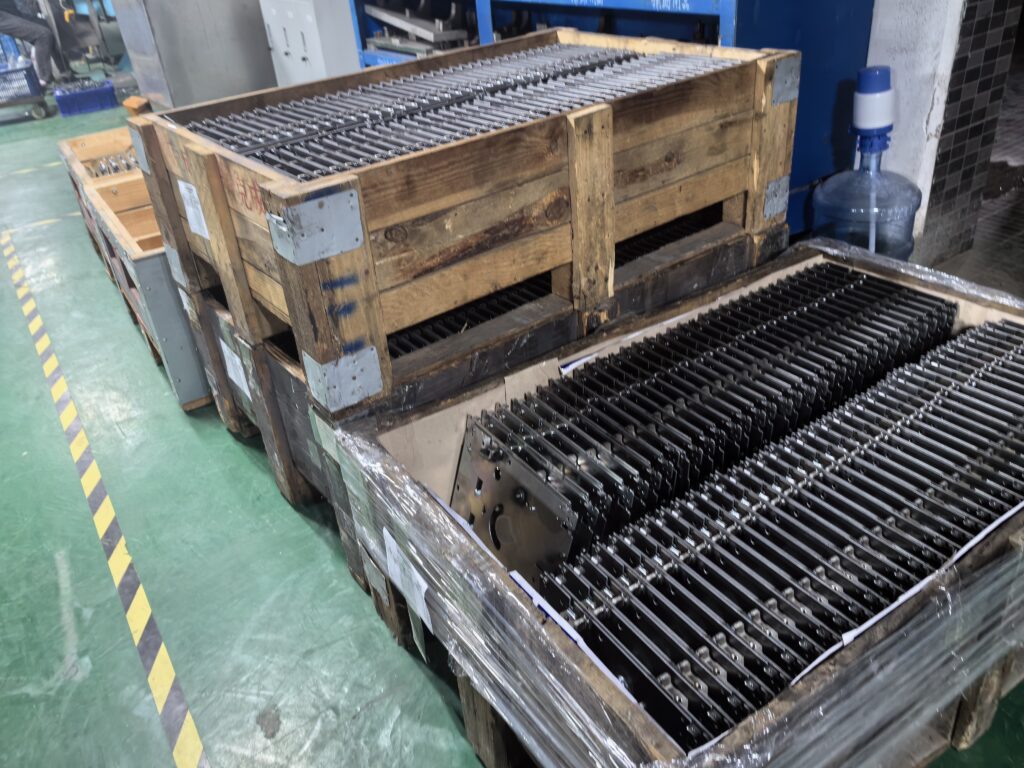
Secondary Operations
After the stamping process, the brackets may undergo secondary operations. These can include bending, punching, or threading, which allow for the creation of additional features or modifications to the bracket’s shape. These secondary steps enhance the functionality of the bracket, making it suitable for specific applications.
Finishing Processes
The final stage in the manufacturing of stamped metal brackets is finishing. This can involve various treatments aimed at improving both the performance and appearance of the bracket. Finishing options are generally categorized into functional and decorative finishes:
Functional Finishes
- Deburring: This process removes sharp edges and burrs created during stamping. Effective deburring is essential for safety and performance, as it prevents potential injuries and damage to other components.
- Heat Treating: This process alters the metal’s microstructure, enhancing its strength, hardness, and ductility. Heat treating is particularly beneficial for brackets that will be subjected to high loads or harsh environmental conditions.
- Cleaning: This step removes contaminants such as dirt and oil, which is crucial for ensuring that any subsequent finishes adhere properly. Cleaning also enhances the bracket’s overall appearance.
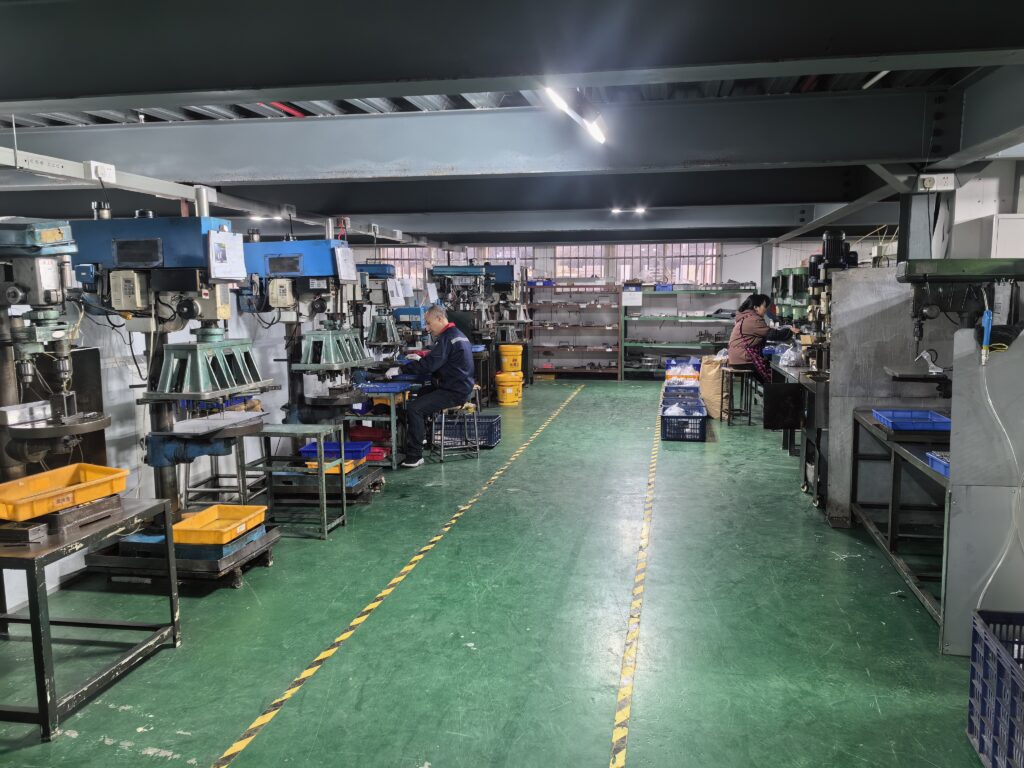
Decorative Finishes
- Powder Coating: A dry powder is applied to the surface of the bracket, then melted and cured to form a durable, protective layer. Powder coating is available in various colors and textures, making it a popular choice for decorative brackets.
- E-coating: A liquid coating is applied, which is then cured to form a resilient finish. E-coating is often used for brackets exposed to corrosive environments.
- Plating: This process involves applying a thin layer of metal to the bracket’s surface to enhance its appearance, offer corrosion protection, or impart special properties like electrical conductivity.
- Electropolishing: This technique uses electricity to dissolve the metal’s surface, resulting in a smooth, shiny finish. Electropolishing is especially valuable for brackets requiring high precision or those used in sensitive environments like food or medical applications.
Choosing the right finishing option depends on the intended use and desired aesthetic of the bracket. Functional finishes may be necessary for demanding environments, while decorative finishes are suited for products primarily aimed at consumer appeal.
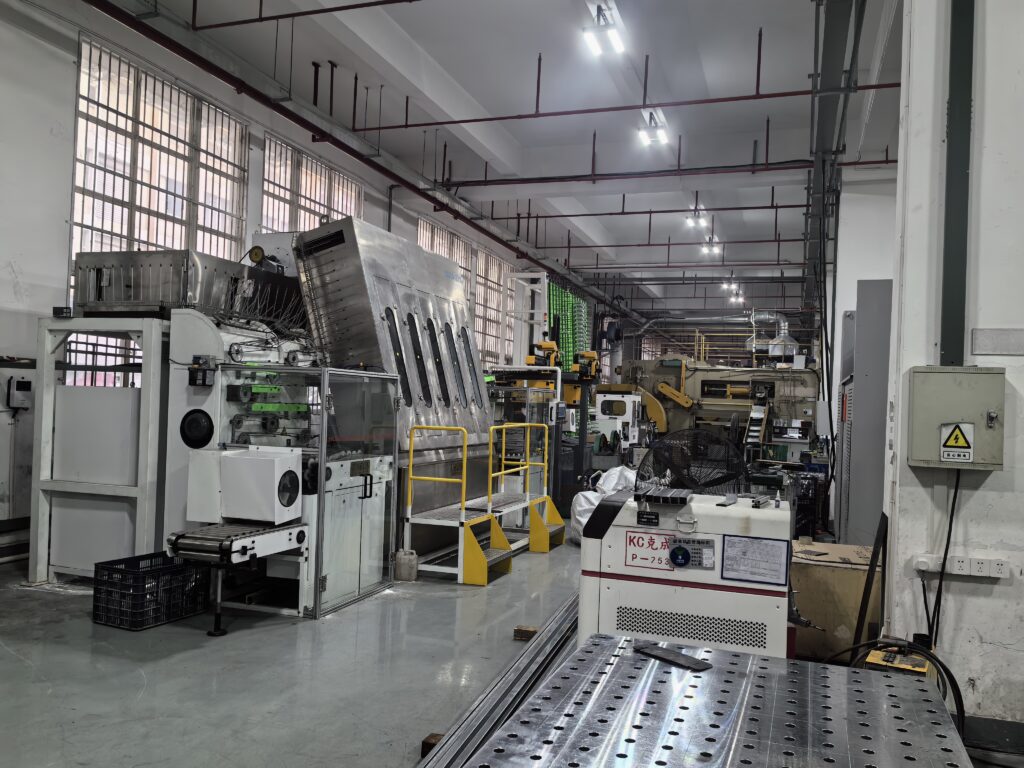
Common Applications for Stamped Metal Brackets
Stamped metal brackets find applications across numerous industries, including:
– Automotive: Used for mounting various components such as engines, transmissions, and suspension systems.
– Electronics: Employed to secure electronic components like circuit boards, batteries, and displays.
– Aerospace: Utilized in mounting critical aircraft and spacecraft components, including engines, wings, and landing gear.
– Medical Devices: Used to secure medical instruments such as pacemakers, defibrillators, and prosthetics.
– Construction: Integral in attaching structural elements in buildings and infrastructure projects.
– Consumer Products: Applied in mounting various household items, from appliances to furniture and electronics.
Conclusion
The manufacturing of stamped metal brackets is a highly versatile and efficient process that results in durable, high-strength components suitable for a wide range of applications. By paying careful attention to aspects such as material selection, die design, and finishing techniques, manufacturers can ensure the production of high-quality brackets that meet rigorous industry standards.
If you have specific needs for stamped metal brackets or require further information about our manufacturing capabilities, please do not hesitate to contact us. We are here to assist you in finding the right solutions for your projects.

